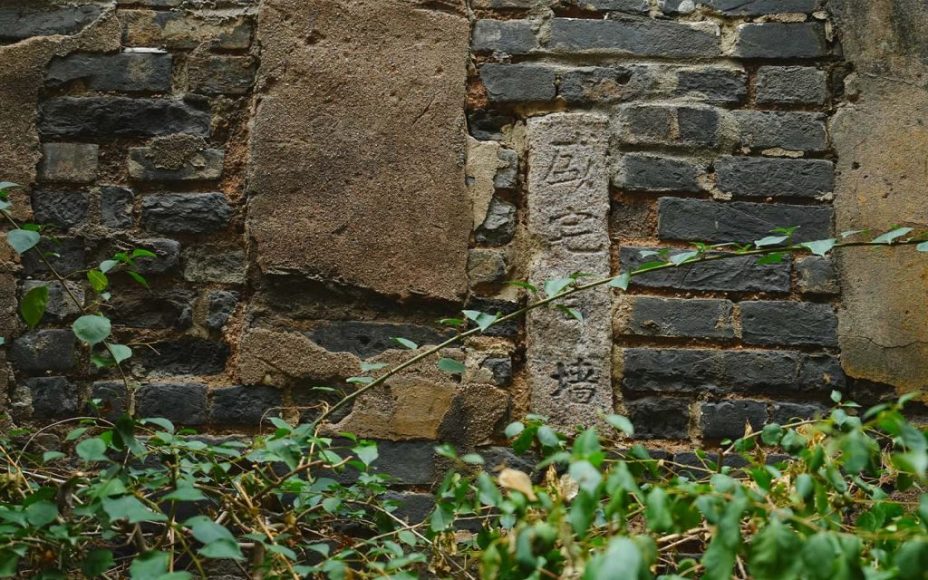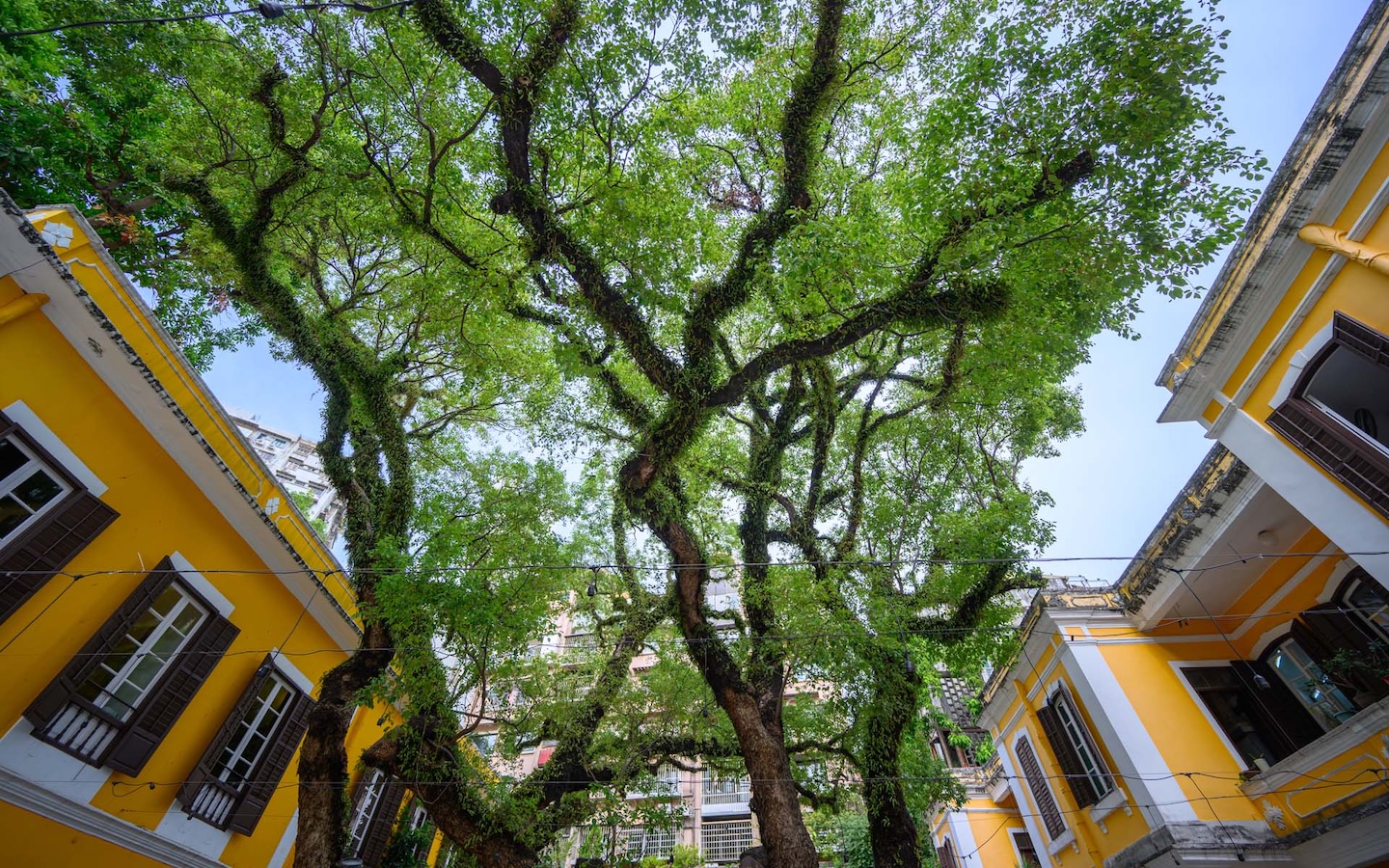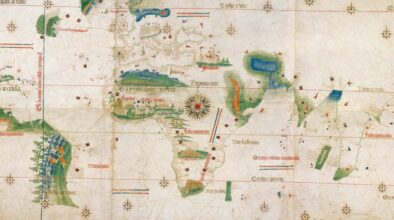About twelve years ago, the hobbyist researcher Tam Chon Ip spied his first boundary stone. It was next to Lou Lim Ioc Garden, a lovingly-tended haven in Macao, and engraved with the legend Yu Yun (Cantonese for ‘Garden of Entertainment’). This small slab of granite, about 30 cm tall, marked the start of a journey for Tam – who has since become an expert on the boundary stones in Macao.
Boundary stones are a concept dating back at least two centuries. They were put in place by stonemasons for the purpose of identifying a building’s original owner (the person who paid for its construction) and, sometimes, purpose. The stones were once common additions to premises across southern China, though never required by law. According to Tam, changes in construction techniques meant their usage was in decline by the early 1900s. Lou Lim Ioc Garden Yu Yun boundary stone would have been one of the later ones, as its wall was erected in 1906.
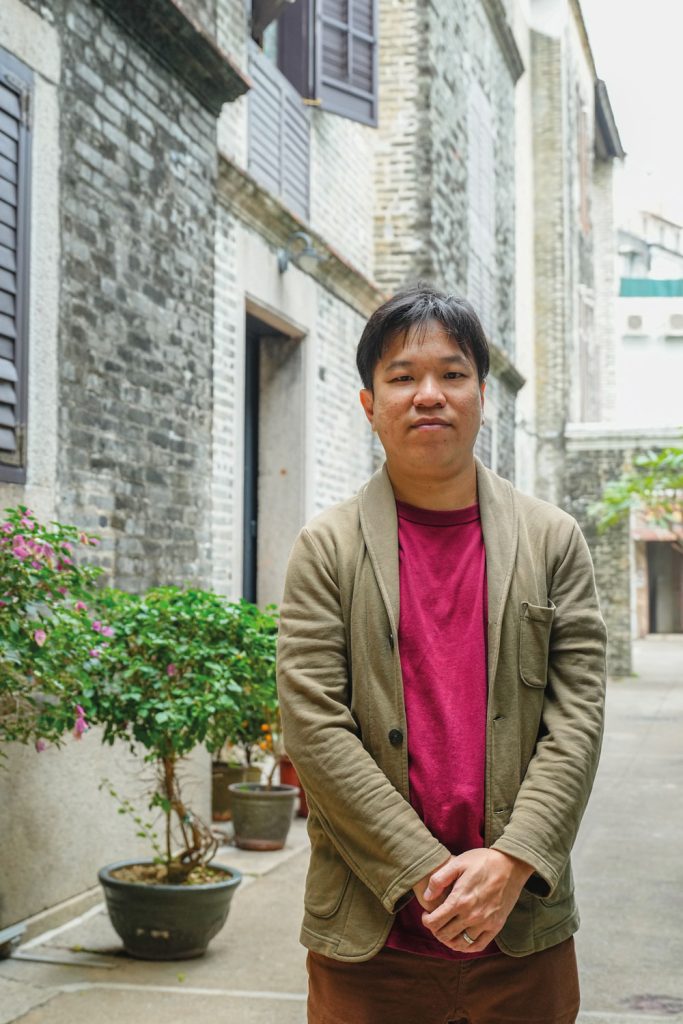
Boundary stones are most often found in the becos and pátios of Macao’s traditional Chinese neighbourhoods. Becos, the Portuguese word for narrow alleyways, tend to lead into pátios – the semi-enclosed, paved courtyards flanked by housing, a distinct feature of urban Macao. Pátios and becos have historically been home to close-knit communities sharing a well for water and a small shrine for worshipping Tou Tei (the earth god).
Buildings in these older areas are often ripe for refurbishment or demolition. When this happens, their boundary stones seldom survive. Tam, along with his small team at the Shipbuilding Craft Culture Association, has recorded more than 70 of the stones since he became interested in the architectural phenomenon. He’s also seen at least ten of them disappear. The 43-year-old’s current goal is to catalogue the rest of Macao’s boundary stones. Tam approaches his mission as a race against time: “Some are about to vanish as their buildings go up for sale,” he warns.
A new area of research
Born into a family of shipbuilders, Tam has always been interested in craftsmanship. He serves as the president of Macao’s Shipbuilding Craft Culture Association, an organisation dedicated to preserving the territory’s maritime heritage. But it also delves into other parts of Macao’s history and culture. Tam personally counts dragon boats and the changing sea levels among his pet research interests, along with shipcraft and boundary stones.
Tam is a meticulous researcher. Whenever he discovers a previously undocumented boundary stone, he crosschecks the details on it with information held by public libraries, the Archives of Macao and organisations such as Kiang Wu Hospital and the Tung Sin Tong charitable society. His aim is to understand how urban Macao has evolved over time.
In 2018, Tam teamed up with two other local culture groups to spread knowledge about the stones. With support from the government, the Brotherhood Art and Dream Theater associations conduct free tours for locals and visitors interested in learning about boundary stones’ history. They emphasise similarities found within neighbouring regions, says Tam, who’s one of the tour guides. “Through cultural exchange, I hope to enrich our understanding of the stones.”
According to Tam, most boundary stones in Macao, Hong Kong and the mainland are made of granite and share the basic same purpose: identifying ownership. However, Hong Kong has another form of boundary stone – these demarcate the boundaries of the City of Victoria, its first urban settlement under the British. Stones in Foshan and Guangzhou tend to contain more information than their counterparts in Macao, and Tam has also heard about boundary stones in Shanghai marking roads.
Following history’s trail

The most fertile place for tracking down Macao’s boundary stones is the city’s historic centre. There’s one very near the Ruins of St Paul’s, for instance, along quiet Pátio do Sol. High on the brick wall of a former joss stick factory, the stone reveals that the Leung Wing Hing company paid for the wall. Leung Wing Hing is a well-known incense manufacturer that was founded in the late Qing dynasty and today operates out of Hong Kong.
Another, narrow boundary stone can be found just 100 metres from the former factory, on Pátio da Eterna Felicidade. This one belongs to a well-preserved residential complex that’s witnessed the changing lifestyles of generations of Chinese families. Lush plant life threatens to obscure it, but brushing aside the vines reveals that a family by the name of Sing paid for the building’s construction. Tam considers this boundary stone rather mysterious: Sing is an unusual last name, yet he hasn’t been able to find any information out about this family.
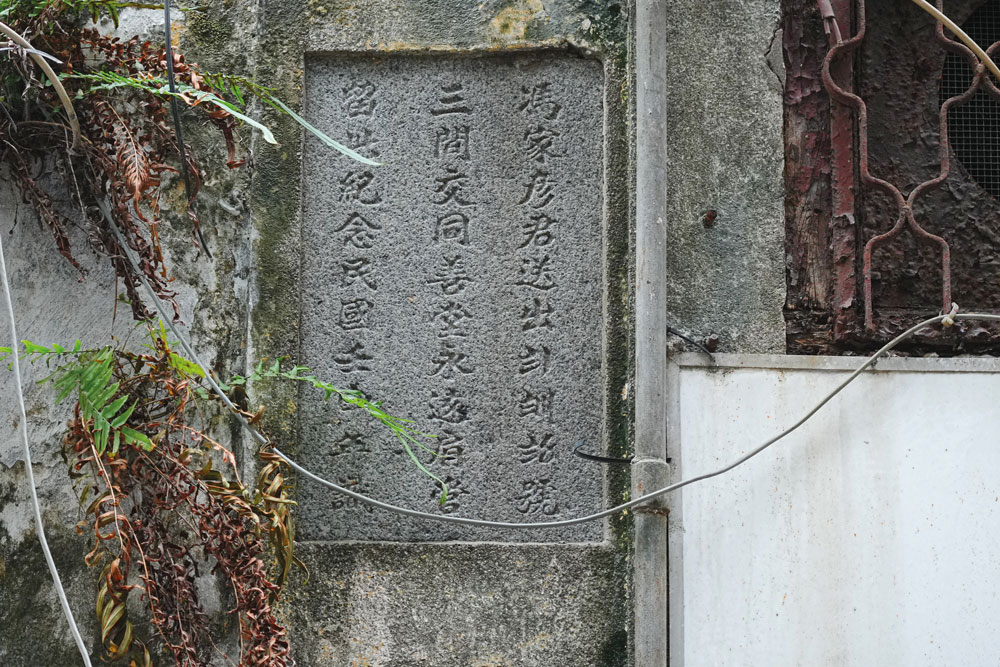
In fact, the researcher has only been able to flesh out the human faces behind very few boundary stones. He found himself most interested in a Chinese merchant named Fung Weng Jin, who appears to have had a strong sense of civic duty. Fung’s name appears on a stone in a small alley off the busy Avenida de Almeida Ribeiro and was erected above three separate properties.
Today, they are used as a waste collection station, a vehicle dealer and a dit da (a traditional Chinese bone-setting clinic). Fung, according to the stone, gifted the trio of premises to the Tung Sin Tong charitable society in 1932. Tam managed to dig up a photograph of Fung at the Tung Sin Tong Historical Archive Exhibition Hall, along with evidence he was heavily involved with both Tung Sin Tong and the Kiang Wu Charitable Association.
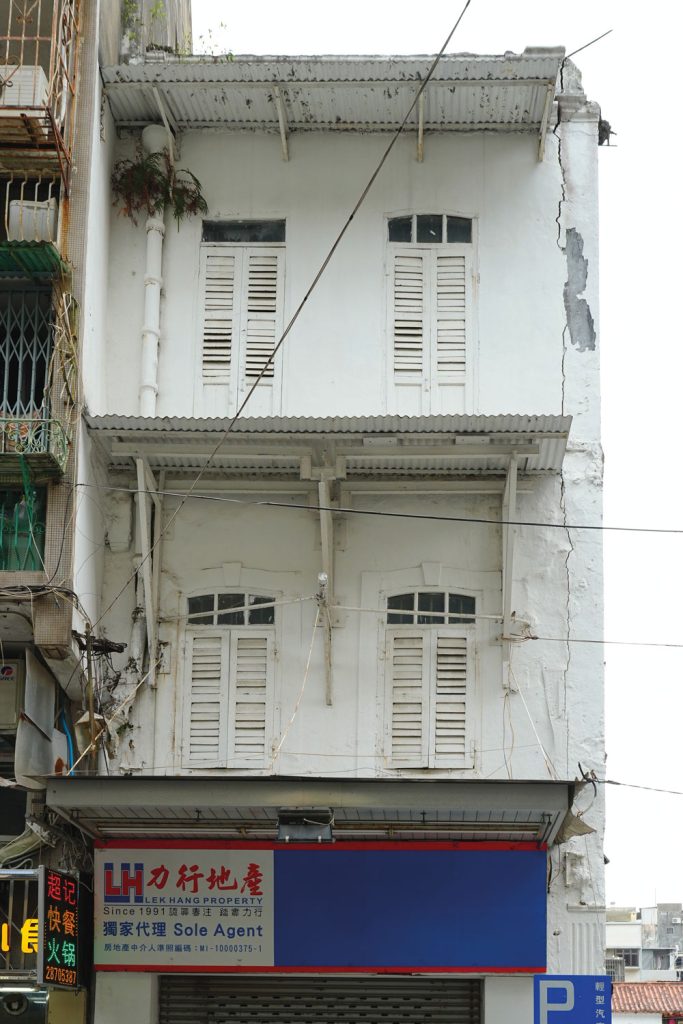
Sometimes it’s not a person’s name, but the style of language used on a boundary stone that piques Tam’s interest. An example of this graces a three-storey building painted white, on Rua das Estalagens. “The wording on this stone is written in conversational Cantonese, not in formal Chinese,” Tam says. A similar level of casualness can be read on boundary stones in Foshan and Guangzhou, but is uncommon in Macao.
That particular boundary stone’s script reveals that the Yeong and Kam families paid for the wall between the white building and its since-demolished neighbour. “We looked up some records, and the building no longer belongs to either of those families,” says Tam. “But their names are immortalised in the stone.”
Racing against time
The endless march of urban development is seeing more and more of Macao’s boundary stones vanish. While many are gone for good, Tam says others hide beneath refurbishments. The latter situation is the case for several around Rua dos Ervanários and Rua de Nossa Senhora do Amparo, which are tourist hotspots currently undergoing gentrification. Repairing and updating these buildings’ exteriors (often in preparation for new arts shops and cafés) usually entails covering up their original masonry – and any boundary stones along with it.
Sometimes Tam and his colleagues are able to retrieve boundary stones from buildings undergoing demolition. For posterity, they create rubbings off them – along with those on still-intact buildings – to fully capture their script and texture. “We hope to record as many boundary stones as possible,’ Tam says. The researcher also hopes to collaborate with fellow boundary stone experts and enthusiasts in the mainland, in order to exchange knowledge and build a more comprehensive understanding of the unique practice.
Boundary stones are, in their way, a record of Macao’s history. Each one is an expression of how masons of the day practised their craft, as well as a record of a real person or company that made tangible contributions to the territory. They left buildings and businesses, families and legacies – along with their names, carved in stone.
